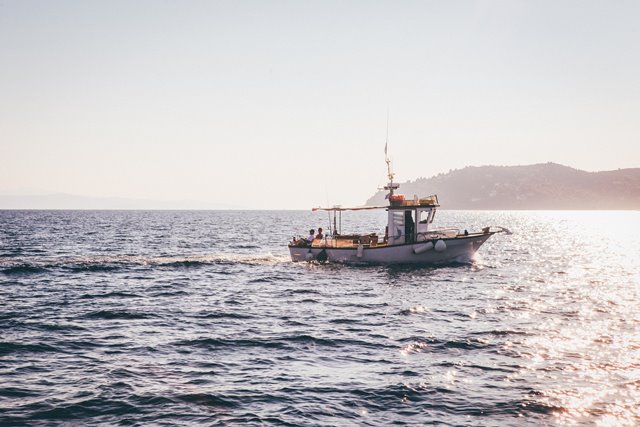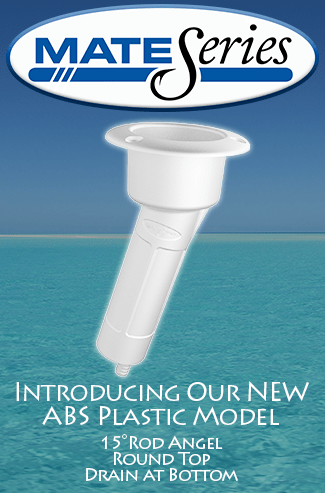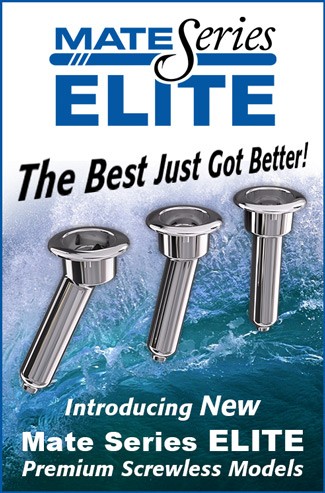Wrecks at the bottom of the sea attract fish from far off places and form structures that house various fish species. Predators such as mackerel, cobia and amberjack like to appear near these wrecks for food, orientation and safety. If you are able to position your boat over these locations, you are in for a catch that might bend your rods.
You will need to put factors such as depth and wind into consideration. Here are some tips for you:
- Fish long leaders
When you use long leaders, there are higher chances of getting bites from a large number of distressed reef fish. You might want to arrange the braid to contain a three-way swivel. Then, tie a 25 to a 50-foot fluorocarbon leader.
This is finished off with a much smaller barrel swivel of about 4 feet added to a circle snare. It should contain at least 80 pounds of fluorocarbon. After this stage interface the swivel’s third eye into a monofilament dropper circle (preferably a 30 to 40 pound).
The circle will enable you to move between sinker weights in view of your present speed and profundity. Drop them all the way to the base; then use three to five wrenches on the reel to reclaim them back.
- Reduce weights for the Red Snapper
This is a substitute approach for bottom sea fishing. The bigger red snapper occupies the higher up parts of the water. When you add weights you risk getting out of the strike zone. The weight approach is even better on a sporting exercise.
- Equip the perimeter with a jig
Use a Tidaltail jig with Asian crabs held by the leg sockets. You might find that the outlying edges of rock pile are the best areas to find bigger blackfish.
- Do not race to the bottom
Drop the rigs slowly so as to avoid getting tangled. If you spend more time untangling lines, you will have little time to catch fish.
- Take care not to overfish a wreck
Maintain harmony of the environment. If the fish sense something is wrong, they might shut that bite down. Try holding the boat in reverse, or shutting its engines down. Make your drifts well outside the perimeter before closing in on the consecutive drifts. Just take a few fish and leave some for future trips.
- Retrieve the anchor using the ball
We know you think the electric windlass is more advantageous, but take it from us, you are better off using the anchor ball and the pulling ring. With the boat in forwarding movement, the anchor is easily pulled up off the bottom. The anchor rope is guided up in a vertical movement minimizing any damage caused by quick retrieval of the anchor.






